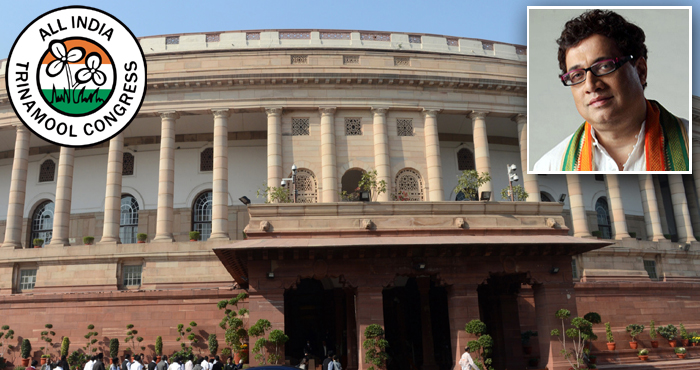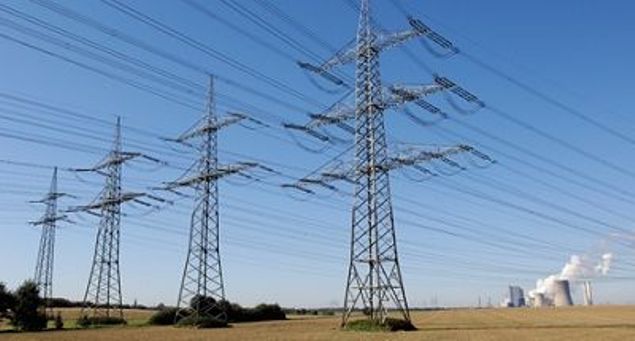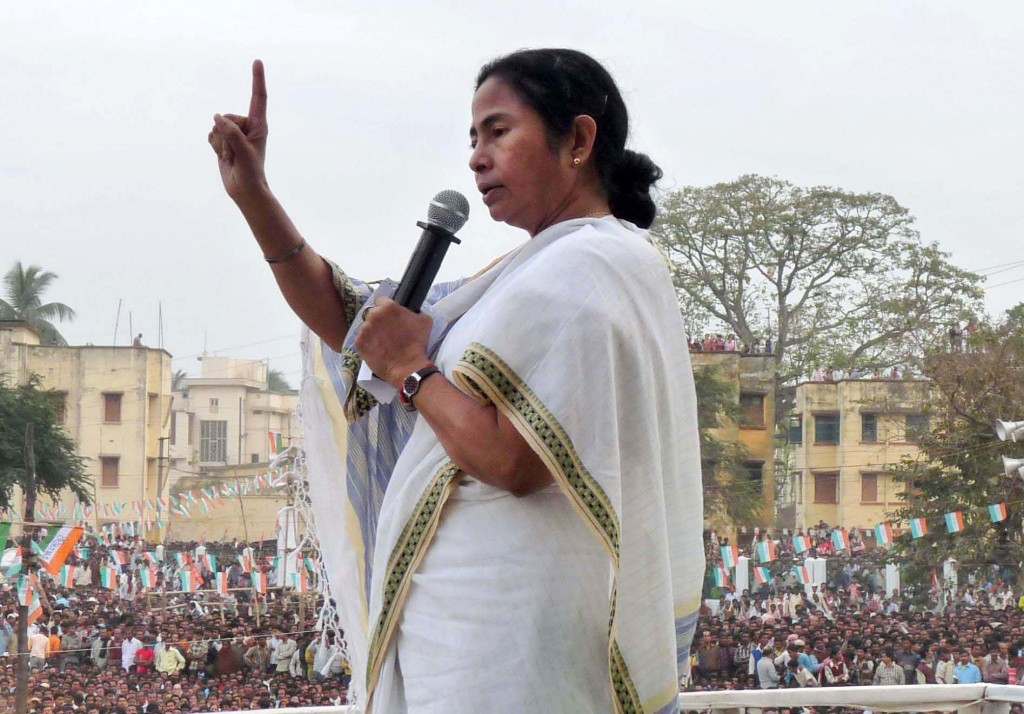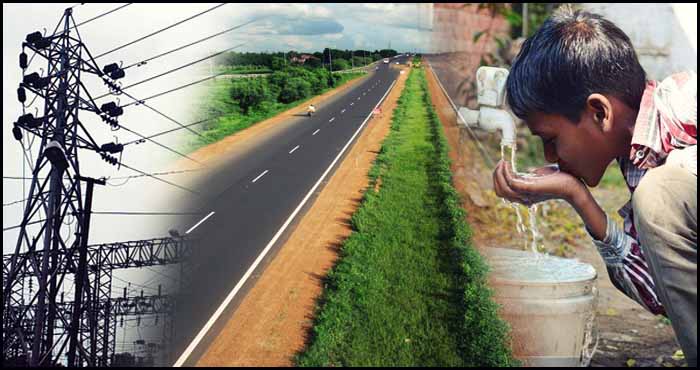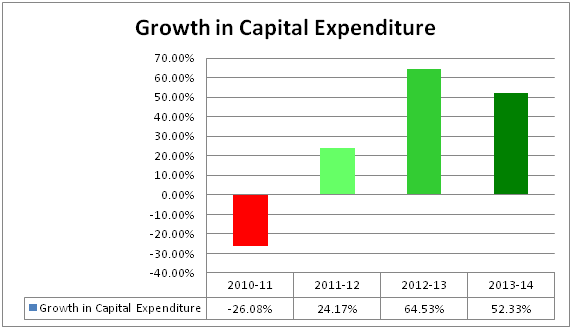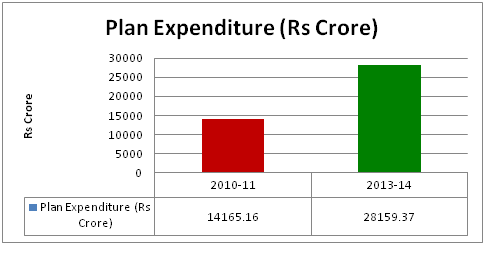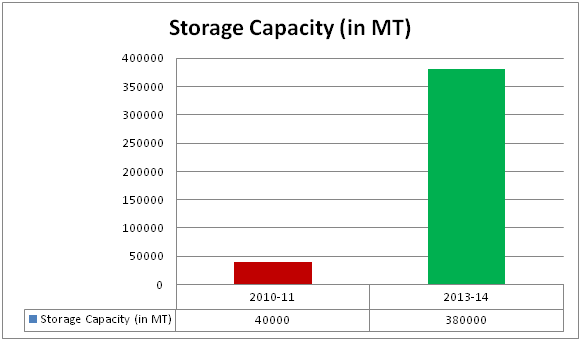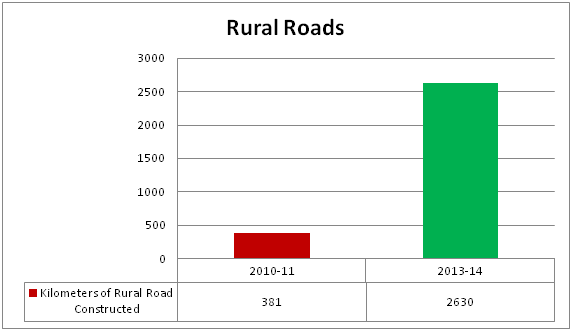I would like to thank you for the opportunity. Madam, when this ordinance was introduced in this House I made my elaborate speech. I do not want to repeat the contents of that speech, but I just want to tell the Hon’ble Minister, yesterday I was hearing his speech regarding the auction and the scrapping of the coal blacks and the auction because of the order of the Hon’ble Supreme Court.
Madam, I want to tell you that this is not the first time that the Supreme Court has said this. During the 15th Lok Sabha, the Standing Committee on coal and steel, in its 31st report in paragraph 5 has stated that “the committee noted that from 1993 to 2004 applicants used to identify coal blocks and used to approach the Ministry of Coal for allocation and their application was considered by the Screening Committee. The committee observed that most non transparent procedure was adopted from 1993 to 2010 for allocation of supply of coal blocks. Several coal blocks were allocated to a few fortunates without disclosing the same to the public at large. The natural resources and state largesse to few fortunate for their own benefit without following any transparent system for their own benefit. The committee was also surprised to note that between 1993 and 2004 no data was maintained by the Ministry regarding number of applications received by the Ministry of Coal, only minutes were maintained. The committee felt that entire decision making process for distribution of coal blocks needs investigation and necessary penal steps should be taken.”
Therefore, this issue was thoroughly discussed in a Parliamentary Standing Committee, and incidentally I was the Chairman of that committee. Madam you will be happy to know that all the members of that committee took a decision, unfortunately the decision was not implemented or accepted by the then Government, our Parliament was first to take note of that and then the Supreme Court has passed this judgement.
Therefore, with great respect to the Hon’ble Minister I would like to tell him that it is not the Supreme Court which has said for the first time but the Parliamentary Committee which had informed the first time to the country regarding the non transparent system.
Today, the Bill which has come, I on my party’s behalf and myself convey my heartiest thanks for the adopting a transparent system by way of bidding. I have nothing else to say as I was all for the bidding even before the judgement passed by Supreme Court.
I would be very much obliged to know from the minister the answers to the following.
Firstly, is it correct that in case of a coal block in the power sector are you going for reversal auction? If you are, then I will have to oppose. Because, in case of a reversal auction, Hon’ble Minister, you will appreciate and understand that the mines are the property of the State but by means of constitutional provisions, this Parliament is having to legislate the laws in respect of the mines as per the Coal Mine Nationalisation Act, coal mines have been vested to the Central Government. This is the constitutional provision, but State is the land owner.
Even in the case of reversal auction, I do not know what is in your mind because if the mines are located in ‘A’ state and state is going to participate in the auction no problem. But what will be a problem if the mines are located in ‘A’ state and ‘B’ state will take part in the auction too and gets success then the benefit will not go to ‘A’ state. If you do it, I will have to strongly oppose your bill because this is in contrary to the scheme of the judgement, which is to auction and get more revenue.
And if you study the matter from the very beginning, when the auctioning system was not there, no revenue was generated and not a single government received any revenue from 1993 to 2010 is concerned. But the private organizations have made their profit and this financial benefit that has been given has not been passed on to the people at large and consumers have not benefited. Thus, since the mines belong to the state, the people of that state should be benefited. That is what I want to say. Please try to appreciate this.
Secondly, in one classification you have stated ‘Specified End Use’ to which I have no objection. But under one head you have brought all ‘end uses’. Production of iron and steel, generation of power including the generation of power for captive use, washing of coal obtained from a mine, cement.
If you mention some coal blocks for the specific purpose only for 5ii (power generation) I have no objection. But if coal blocks are only to be used for power generation then I have objection. Classification has to be made on some rational basis. Iron and steel and generation of power cannot be in the same category so there should be some rationality.
I need a couple of more clarifications from you. What would be an interim action after auction has been held as this operation to run in fullfledge will take time, minimum one year will be taken even if I take the minimum. What would be the interim arrangement for this production of coal of those coal blocks and supply to power sector especially to the power sector? We are very much concerned about the power sectors. India’s coal is maximum used in the power sector, 80% to be precise.
That is why we are concerned as the power sector must get uninterrupted coal supply. If uninterrupted coal supply is not there, summer is coming, people will suffer due to power crises. Kindly clarify what arrangement has been made by you for this interim period.
Secondly, repeatedly it is being said because of the auction states are getting benefitted. Rs One lakh crore has come to you, how much you have given to the states? How much my state has got? When and what amount has my state got? Nothing should remain in air, make it reality.
Hum denge, woh honge, state benefitted honge, kab? 9 mahina to chala hi gaya. When are you going to give? Give the exact figure and the exact date on which date the state has received it. Our information is that the state has not yet received it. I had a talk with Mr Mehtab also. He has also said the state has not received it. All are in air. What is the proportion you are giving. What is the percentage the state is getting out of Rs one lakh crore. Percentage state wise kindly clarify.
Sir, I want to say another important point that this country developed decades after decades because of nationalisation of few public sector undertakings. We cannot forget the role of the coal industries towards development of this country. We cannot forget the role of the Steel Authority of India and other public sector industries. We may laugh today at the atmosphere and have affection for the corporates, affection for the privatisation. I cannot be an intellectual unless I support FDI and bring FDI to the country but let us not forget that during the time of Indiraji two very important things have happened i.e nationalisation of coal and nationalisation of banks. The country has grown up on this skeleton.
My question is how PSU’s like Steel Authority India etc can run and compete with private competitors. How can this be expected as no financial commission is applicable to them. No compulsion, no statutory obligations, no accountability is there.
So I will request the Hon’ble Minister make a legislative scheme through which you give priorities to PSUs of our country in the bidding process itself.
Thank you Sir

